 |
| Dr. Nguyen Thai Chuyen, Lecturer of International Business, RMIT University. |
However, the market share of Vietnamese goods in the market of the 27-member union is only about 2%. There are still many issues for businesses to take advantage of the Agreement, bringing Vietnamese goods to a greater presence in this high-end, demanding but extremely potential market.
The World & Vietnam Newspaper had an interview with Dr. Nguyen Thai Chuyen, lecturer of International Business, RMIT University on the above topic.
Three years ago, when the Vietnam-EU Free Trade Agreement (EVFTA) was signed, people thought that this was a “highway” for Vietnamese goods to conquer the demanding but extremely potential EU market. How do you evaluate this assessment now?
After three years, export turnover from Vietnam to the EU has seen certain growth, at 14.2% in 2021 and 16.7% in 2022. However, the market share of Vietnamese goods in the EU market is only about 2%.
The value and benefits that Vietnamese enterprises gain from export activities are still limited because the Vietnamese brand is not widely known in European countries. Although some enterprises have participated in processing and improving product quality for export to the EU, most are still only processing goods for foreign partners.
Europe is a demanding market with very strict product standards, so Vietnamese businesses wishing to access it need to make efforts to change, adapt and receive support from management agencies. The advantage from EVFTA will become less important when competitors in the Southeast Asian region such as Malaysia and Thailand are moving towards signing FTAs with the EU.
As an expert in this field, in your opinion, how has EVFTA contributed to the outstanding achievements in GDP growth in general and exports in particular of Vietnam to the EU?
The complicated developments of the Covid-19 pandemic in 2020 and 2021 have hindered the recovery of the world economy. Vietnam has been severely affected by the pandemic, causing economic growth in 2021 to reach only 2.6%.
However, Vietnam's export turnover to the EU in 2021 reached 40.12 billion USD, up 14.2%. This is an encouraging result in the context of the EU economy facing a serious downturn and still facing complicated developments of the pandemic.
In 2022, Vietnam's GDP growth exceeded 8% for the first time in decades. The achievements of Vietnam's economic recovery cannot be denied, although the above growth rate is compared to the low base of 2021. Export turnover from Vietnam to the EU in 2022 reached 46.83 billion USD, up 16.7% over the previous year and contributing to Vietnam's strong GDP growth.
However, the world economic situation continues to face many unstable fluctuations such as inflation, causing the total GDP in the first quarter of 2023 to increase by only 3.32% over the same period last year, while export turnover to the EU reached more than 10.4 billion USD, down nearly 9% over the same period last year. Therefore, to achieve the set target in 2023, it requires great efforts and efforts, coordination between relevant ministries and branches, and especially consensus from localities, industry associations and businesses.
EVFTA covers many areas of goods with a preferential tariff schedule that is considered to bring advantages to Vietnamese export enterprises. In your opinion, which products of our country can take advantage of those incentives?
In recent times, many products have been quite successful in taking advantage of the incentives from the Agreement, achieving an export turnover of over 1 billion USD/year to the EU market such as phones and components, computers, footwear, machinery and spare parts, textiles, coffee, iron and steel and seafood.
Most of these items have seen significant growth, especially iron and steel with a growth rate exceeding 634% in 2022 compared to 2020 - the time before the agreement.
Are there any items that have not met expectations, sir?
Some of Vietnam's key export items have not yet met expectations, such as vegetables, fruits, seafood and rice... Although they have had quite good growth, these items currently only account for a very small part of the EU's total import value of those items.
Seafood has not yet had the IUU yellow card removed from the European Commission (EC), leading to many difficulties for this item, therefore, there is still great room for Vietnam to export to the EU.
In addition, there are some items that have not shown signs of growth after the Agreement was implemented, such as paper and paper products along with cashew nuts.
 |
| Ceremony to issue the order to export the first batch of Vietnamese coffee to Europe under the EVFTA Agreement in Gia Lai, September 16, 2020. (Source: VNA) |
With those results, in your opinion, what is the most valuable lesson that Vietnamese businesses have received?
To achieve better results, Vietnamese export enterprises need to improve the quality of products and services, learn and apply the high safety and environmental protection standards required by the EU.
At the same time, businesses need to improve management processes, apply new technologies and enhance human resource training and development capabilities to adapt to a demanding market like the EU.
In addition, Vietnamese enterprises need to expand new partners and customers, diversify consumption sources and minimize risks from dependence on a single export market.
In reality, many Vietnamese enterprises still face many difficulties in complying with regulations on goods origin and rules of origin, food safety or competition. So, in your opinion, what should Vietnamese enterprises do to overcome this?
Vietnamese businesses need to proactively acquire knowledge and improve their understanding of EU standards and regulations to maximize benefits from the EVFTA.
Furthermore, businesses need to focus on improving management, human resource quality, rapid technological innovation, brand building and development, as well as establishing long-term business strategies to meet the needs and demands of this market of 500 million people.
In addition, it is necessary to strengthen cooperation and linkages between businesses, especially within the framework of associations, because this will be a necessary supporting factor to make the use of businesses' integration commitments more effective, safe and sustainable.
However, many Vietnamese enterprises have not yet achieved autonomy in learning about and taking advantage of the incentives from the Agreement. According to a survey on business awareness of EVFTA by the Vietnam Federation of Commerce and Industry (VCCI), although nearly 94% of enterprises have heard of or know about EVFTA, only about 40% of them have a relatively good or clear understanding of the Agreement's commitments to their business operations. Of which, the group of FDI enterprises has the highest rate of fairly good or clear understanding of EVFTA (43%).
In addition, businesses have not yet fully exploited the advantages of this agreement to expand consumption to other member countries. Among the 27 member countries of the EU, many Vietnamese businesses only trade mainly with 5-6 countries, while trade with other countries is still very little.
How do you evaluate the role and support of State management agencies in bringing the Agreement closer to businesses and making it truly useful for Vietnam's exports?
Compared to other FTAs, EVFTA is better, more diversely and effectively disseminated and disseminated to businesses by State management agencies. According to the survey on business awareness of EVFTA conducted by VCCI from May 2022 to the end of August 2022, the rate of businesses that have a relatively good or good understanding of EVFTA is significantly higher than other FTAs. In addition, nearly 41% of businesses have enjoyed specific benefits from EVFTA while this figure was only nearly 25% in 2020.
However, at present, the support measures are only applied generally to all sectors and enterprises. State management agencies need to focus specifically on sectors with strategic goods to take advantage of all benefits from this Agreement.
At the same time, it is necessary to create connections between all entities involved in the EVFTA implementation process, including agencies from central to local levels, businesses and associations to form a chain of mutual support.
In addition, it is necessary to review and perfect the legal system, simplify and cut down administrative procedures in the import-export sector because many businesses still face difficulties in administrative procedures related to this sector.
Source



![[Photo] Visiting Cu Chi Tunnels - a heroic underground feat](https://vstatic.vietnam.vn/vietnam/resource/IMAGE/2025/4/8/06cb489403514b878768dd7262daba0b)














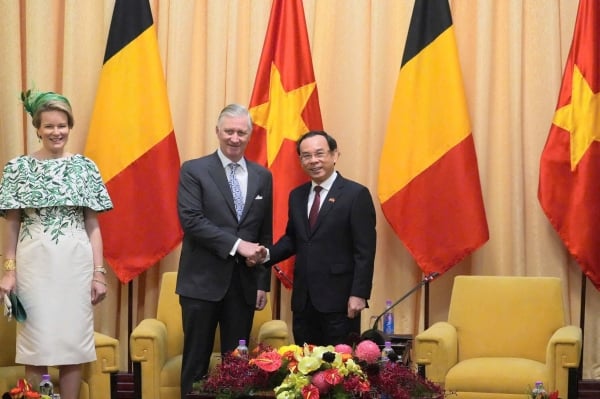





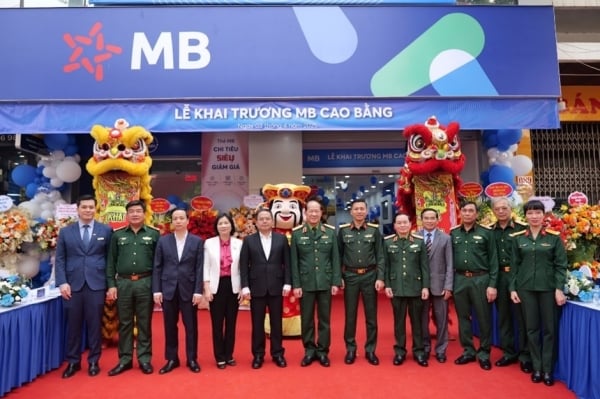


































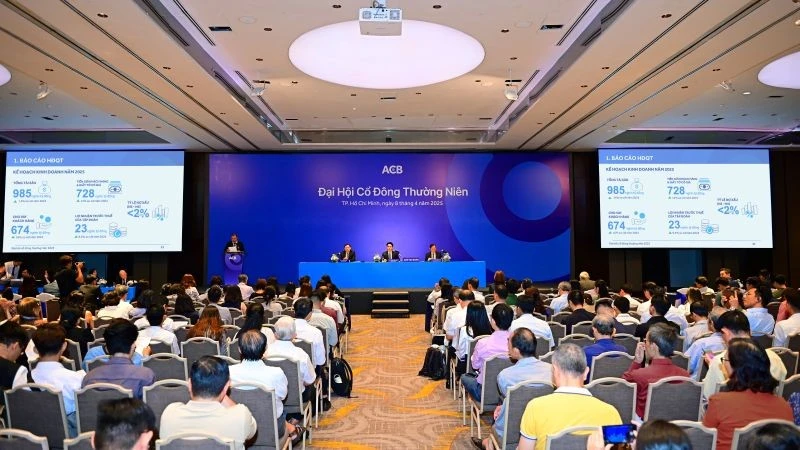


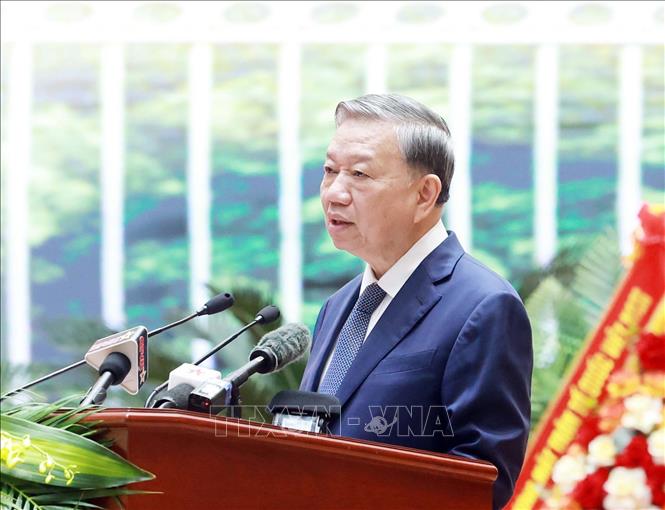



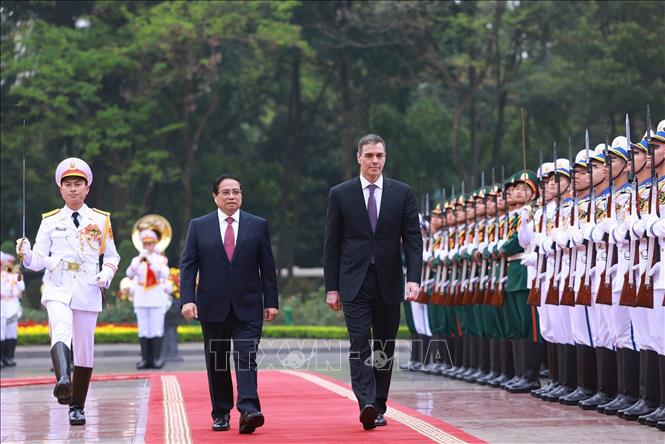











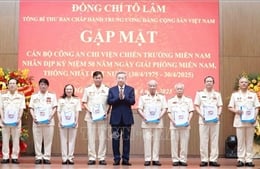

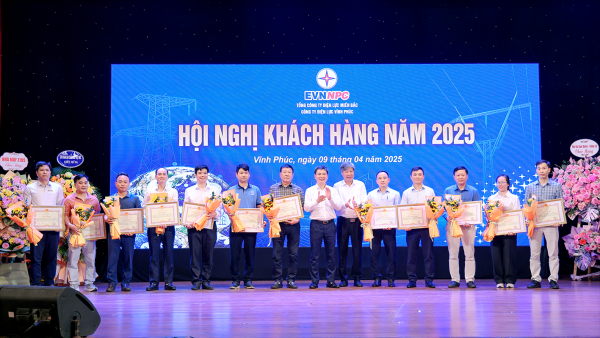









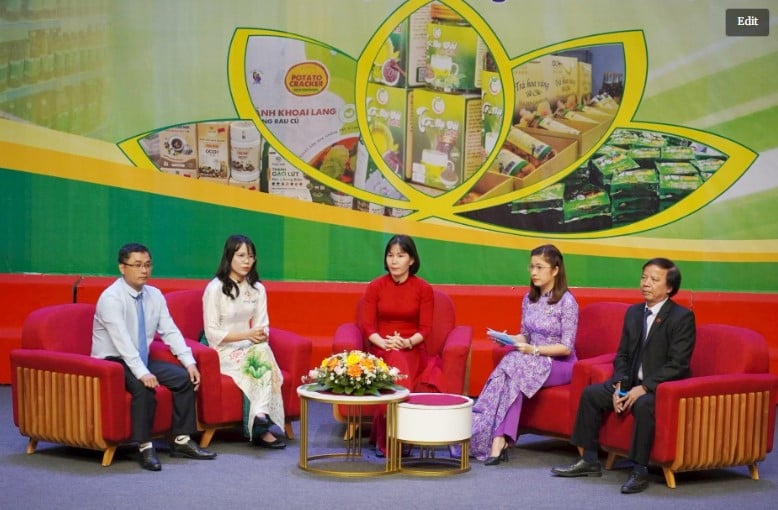

Comment (0)